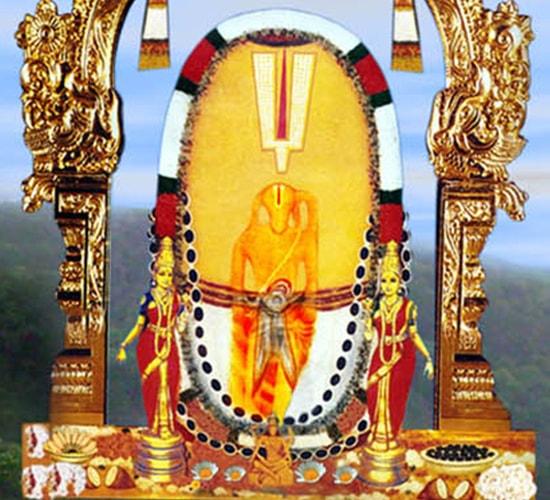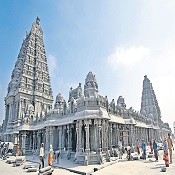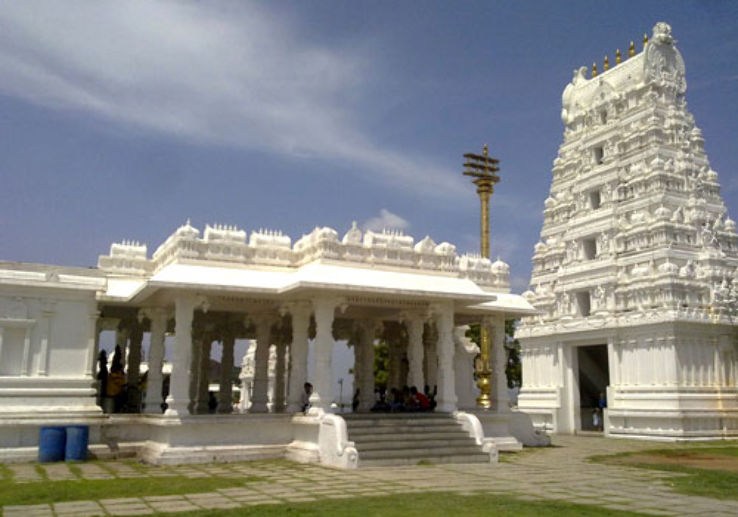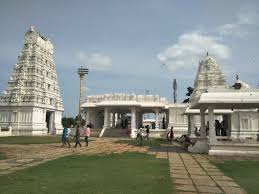Lal Ded (Lalla Yogeshwari) was a practitioner of which of the following traditions?
Lal Ded, better known as Lalla Yogeshwari, ranks as a great mystic poetess of the 14th century. She was an ardent practitioner of Kashmir Shaivism that is also known as Trika Shastra founded by Vasu Gupta.
The first novel written by Sunil Gangopadhyay is :
Starting off his six-decade literary career as a bohemian poet and editor of Kritibas, a monthly poetry magazine, Sunil Gangopadhyay wrote his first novel, Athmo Prakash (Self-Revelation), at the behest of the editor of the hugely popular periodical Desh for its special Durga Puja edition. Two of the most critically acclaimed films of legendary filmmaker Satyajit Ray — Pratidwandi and Aranyer Din Ratri — were based on novels written by him.
Hornbill Festival is celebrated in which state of India?
Hornbill Festival is a weeklong annual event of Nagaland. The popularity and importance of Hornbill festival is not just a national phenomenon but has gained popularity around the world. Organized by the State Tourism and art and Culture Department, Hornbill Festival dubbed as the Festival of Festivals in Nagaland, encourages inter-tribal interaction, showcasing the entire array of Naga life and culture. Unlike other years, with more activities added to the event, the Department is expecting the biggest participation of both domestic and international tourists.
Famous sufi saint Nizamuddin Auliya settled in Delhi during the times of __:
Nizamuddin Auliya was a famous sufi saint. During rule of akbar, he had settled down in delhi. He was highly respected by the people. Beside his grave in Delhi, a big mosque has been built.
The Flamingo Festival is celebrated in__?
The annual “Flamingo Festival” began at Sullurpeta near the Pulicat lake bird sanctuary in Nellore district of Andhra Pradesh. The festival was being held every year to bring together the people and various departments in the task of preserving the Pulicat Lake and surroundings. Every year approximately 15,000 Greater Flamingos are reported to visit the lake along with pelicans, kingfishers, herons, painted storks, spoonbills and ducks.
Hanukkh, the festival of light is associated with which one of the following religions?
Hanukkah, also known as the Festival of Lights, Feast of Dedication, is an eight-day Jewish holiday commemorating the rededication of the Holy Temple (the Second Temple) in Jerusalem at the time of the Maccabean Revolt against the Seleucid Empire of the 2nd century BCE. Hanukkah is observed for eight nights and days, starting on the 25th day of Kislev according to the Hebrew calendar, which may occur at any time from late November to late December in the Gregorian calendar.
Indian singers and dancers are traditional participants at “Sharq Taronalari” film festival which is held biennially in _________?
Sharq Taronalari is one of the largest musical and cultural festivals in Central Asia. It is held every two years in Samarkand’s Registan Square since 1997. This festival brings together the most talented singers, dancers, and musicians to celebrate art from around the world.
Who among the following had written the Novel “Pather Panchali”, which was base of the film of same name by Satyajeet Ray?
Bibhutibhushan Bandyopadhyay (1894-1950) is best known for his autobiographical novel, Pather Panchali (The Song of the Road), which was later adapted (along with Aparajito, the sequel) into the Apu Trilogy films, directed by Satyajit Ray. Pather Panchali is considered Bibhutibhushan’s masterpiece and is included in the CBSE syllabus for students choosing to study Bengali.
Hazi Ibrahim Sarhindi is known to be a Persian Writer during the reign of Akbar was translated the following Sanskrit work in Persian?
Akbar had a committee of scholars with cross lingual expertise. Some of them were Naqeeb Khan, Mulla Abdul Qadir Badayuni, Mulla Sheri and Sultan Haji Thanesari. In that era Mahabharat was translated into Persian and was renamed as Razm Namah (Saga of the Battlefield). Ramayana was translated by Mulla Abdul Qadir Badayuni. Badayuni also took up the task of Singhasan Batisi into Persian , which was later titled Khurd Afza in Persian. Atharva Veda was translated by Haji Ibrahim Sirhindi. Rajataringini by Kalhana was translated by Maulana Shah Mohammad Shahabadi. Panchtantra were rendered into Persian by Mulla Hussain Waiz and it was called Anwar-i-Suhaili. Panchatantra was also translated in Persian by Maulana Husain Faizi and its translated name was Yar-i-Danish. Abul Fazal, Vazeer of Akbar and author of Akbarnama had translated Panchatantra in persian as Anvar-i-Saadat.
Who among the following translated Baburnama from chagtai to Persian
Babur has written his biography i.e. Baburnama which is also known as Tuzk-e Babri. Babur and Jahangir are the only two emperors of Mughal Empire who wrote their own biographies. Baburnama is also known to be the first true autobiography in the Islamic literature. Baburnama was written in Chagatai Turkic, which was Babur’s mother tongue. It was translated into Persian by Abdul Rahim Khan-I-Khana. He was son of Bairam khan








